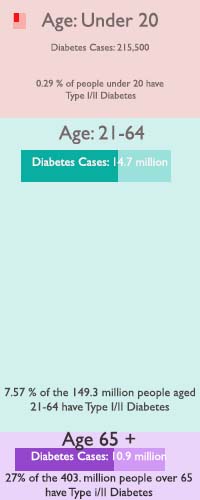Veterinarian Steve Milner and the staff at Milner Veterinary Hospital in Oregon City, Ore. use non-invasive medical lasers to treat wounds on their companion-pet patients. In this video, Milner demonstrates the benefits on Hercules, a golden retriever who had a tumor removed and who also developed an infected callous on his elbow.
Another patient, Penny, a greyhound dog, developed a “hot spot” on her rear end. When used in conjunction with the traditional treatments of antibiotics and steroids, Dr. Milner estimates a 25% increase in Penny’s healing when also using the lasers. Milner attributes this to their healing and anti-inflammatory properties.
Non-invasive Laser Treatments Create Faster Healing for Pets from Kaley Perkins on Vimeo.
Penny’s People: Golden Bond Rescue
Penny’s owner, Jill Groves is President of the Board of Golden Bond Rescue, a non-profit organization dedicated to the rescue and adoption of golden retrievers and golden mixes. According to Groves, it is not unusual for pets to find themselves in situations where their owners are no longer able to care for them: owner deaths, divorces, job relocations, deployments, and rescues from puppy mills create a need for these pets to find new homes.
“Sadly these goldens are often neglected and need medical attention and care before we adopted them out,” Groves said, explaining why they bring all of the Golden Bond Rescue animals to Dr. Milner. Milner said he checks them for hip dysplasia, a common malady that afflicts golden retrievers. He also checks their teeth, hearts, weight, and makes certain that they are spayed or neutered before sending them back to Groves and her foster families.
Dr. Milner laughed, “There is a running joke about that,” he said. “First time foster families almost always become the adoptive families because these are the neatest dogs.”
Lasers Could Potentially Prevent Amputations for Diabetics
(Thumbnail in podcast above created by James L. Saltzer; published according to the Creative Commons 3.0 license.)
Another indication for therapeutic lasers is for the treatment of neuropathy. Estimates are that 60-70 per cent of all diabetics suffer from some level of diabetic neuropathy. In this podcast, Dr. Milner explains the physiology behind neuropathy that makes lasers a potentially inexpensive and non-invasive alternative to amputations.

Colors represent ratios of total population who suffer from Type I/II Diabetes per age group. The darkest layers represent the average 65% of diabetics who further suffer from the complication of neuropathy.
Sources: http://www.diabetes.org/diabetes-basics/diabetes-statistics; http://quickfacts.census.gov/qfd/states/00000.html; and http://www.census.gov/prod/cen2010/briefs/c2010br-03.pdf.
(Created by Kaley Perkins)
The infographic to the left shows the population of the United States, color-coded by age group. The medium colored boxes represent the proportionate percentage of people per age group who have Type I/II diabetes. The darkest spots represent the average of 65% of those suffering from some sort of neuropathy.